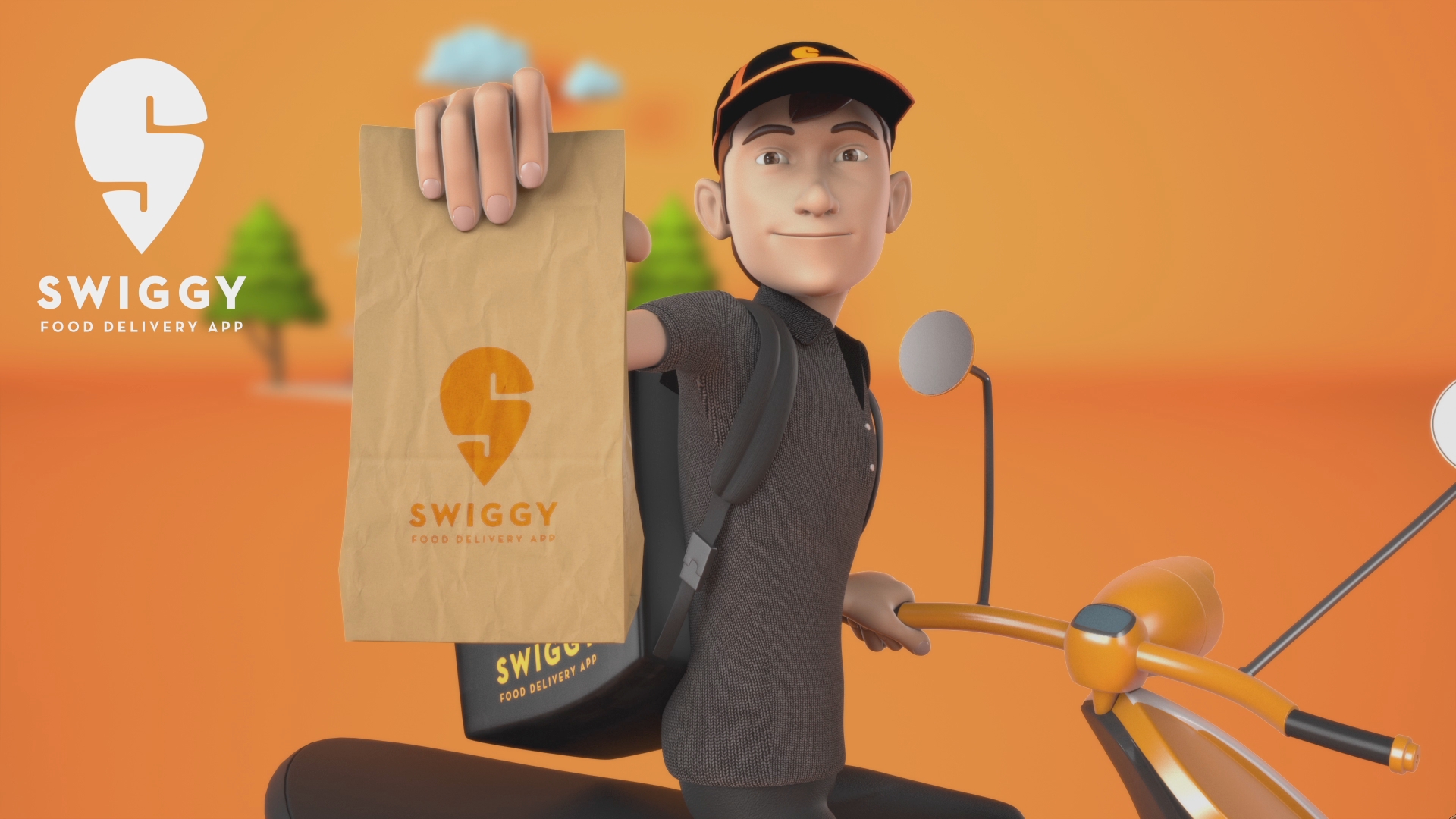The days of ordering food required searching through piles of brochures and dialing are gone. The digital revolution has brought in a new era of dining, where a few taps on a smartphone can send a world of culinary delights to your home. The way we experience and cherish meals has radically changed as a consequence of recent food delivery apps. This article investigates the impact of these digital apps on our dining habits and the food business at large.

The Rise of On-Demand Dining
Food delivery apps have smoothly integrated into our daily routines, offering:
- Vast selection of cuisines and restaurants
- User-friendly interfaces for easy ordering
- Real-time order tracking
- Convenient payment options
- Special deals and discounts
Popular Restaurant Chains Embracing Digital Delivery
Many well-known restaurant businesses have seen the possibilities of food delivery apps and have gladly joined the digital era. For instance, Dominos food delivery services have expanded their reach beyond typical phone orders, allowing customers to personalize their pizzas with just a few taps on their smartphones. This change has not only boosted their consumer base but also enhanced operational efficiency.
Fast Food Giants Going Mobile
It’s not just pizza establishments that are seizing on this trend. Burger sellers and fried chicken establishments are also making an impact in the digital world. Popular burger brands like McDonald have integrated smartphone ordering into their business model, easing the process of customers receiving their Big Macs and fries delivered swiftly. This decision has helped the fast-food giant keep its competitive advantage in a continually developing market.
The Pizzeria Battle
In the tough world of fast food, staying ahead involves embracing technology. Even pizza-centric restaurants like Domino’s offer proof of how these brands are broadening their menus to cater to food fans while utilizing the ease of food delivery apps.
Finger-Lickin’ Good Delivery
Popular names like KFC have also hopped on the digital bandwagon for those yearning for some crispy, delicious chicken so that their well-known buckets of chicken may be bought and delivered with simplicity across several food delivery outlets. This action has helped them stay relevant and attract consumers who value home delivery convenience.
The Impact on Local Restaurants:
Although big names like Burger King have the means to adjust to digital platforms rapidly, local eateries have also found possibilities in the meal delivery app ecosystem. Many smaller businesses have become more visible and may now compete on a more even playing field alongside bigger companies.
Challenges and Considerations:
Despite the many benefits, the rise of food delivery apps has also brought challenges such as:
- Increased competition among restaurants
- Pressure on profit margins due to delivery fees
- Concerns about food quality during transport
- Environmental impact of packaging and delivery vehicles
The Future of Food Delivery:
As technology continues to advance, we can expect food delivery apps to evolve further, potentially incorporating:
- AI-powered recommendations based on past orders and preferences
- Augmented reality menu previews to visualize dishes before ordering
- Drone deliveries for faster and more efficient service
- Integration with smart home devices for ease of ordering
- Environmentally friendly packaging ideas
Conclusion:
From pizzas to burgers to fried chicken, our preferred foods are just a few taps away. These apps are not just providing food; they are also presenting a fresh approach to dining that combines convenience, variety, and technology as they continue to develop. The future of food delivery looks positive, with endless possibilities to enhance our culinary experiences.
